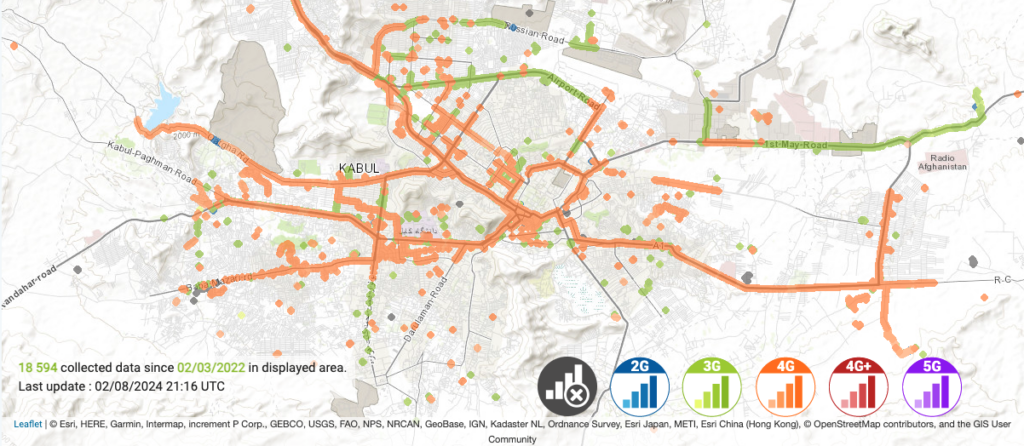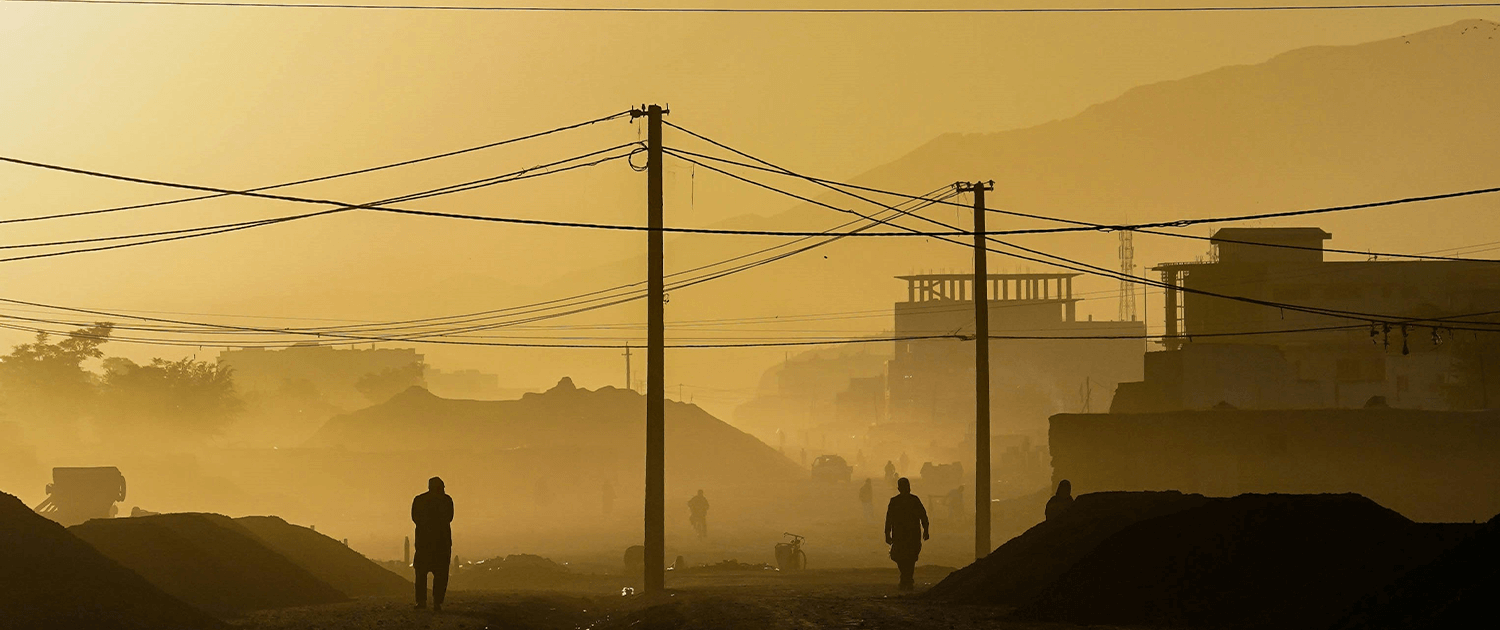Last month’s Internet shutdown in Sudan is the latest of a growing number of incidents where conflict compromises Internet connectivity and resilience in affected regions.
In 2023, the International Institute for Strategic Studies Armed Conflict Survey recorded more than 180 regional and local conflicts, the highest number in 30 years.
Access to the Internet during war and crisis is essential for civil society groups and journalists to capture and communicate the atrocities happening. More so, it allows citizens to communicate with friends and family that they’re safe or need help and continue making a living.
Read: Manipur’s Digital Blackout: Internet Shutdown is an Assault on Justice and Fundamental Rights.
A country that has seen its fair share of conflict is Afghanistan, which, contrary to first thought, has not experienced a prolonged government-enforced national shutdown or regional shutdown to the extent of other war-torn countries.
This has been mainly due to years of development in the country, which introduced, expanded, and strengthened critical Internet infrastructure, including a fiber optic backbone and an Internet Exchange Point, and promoted the Internet as a means to do business and provide health and education. As a result, the percentage of the population using the Internet grew from 5 to 18% between 2010 and 2020.
An equally critical development over these years was that of local capacity, which is vital to sustain and grow the Internet, especially during conflict and disorder.
This has especially rung true in Ukraine, which, due to its strong network operator community, has kept the Internet on and strong, even deploying IPv6 — a feat many countries with low to no turmoil have yet to do.
Read: Ukraine – A Role Model for Internet Resilience
What are the Major Concerns of the Local Internet Community?
Last December, Internet Society Afghanistan organized and held four co-located events — the 2023 Afghanistan Internet Governance Forum, the Afghanistan Youth IGF, the Afghanistan School of Internet Governance, and the inaugural Afghanistan Network Operators Group (AFNOG 1) meeting — with more than 80 people participating remotely.
This was the first time since before the pandemic in 2020 and the change in government in 2021 that the Afghani Internet community could come together to discuss and share policies, successes, and concerns regarding their corner of the Internet.
A survey of those who participated (Figure 1) recorded cybersecurity, trust, and Internet safety as the primary concerns, followed by digital education, capacity building, and Internet policy and regulation. Infrastructure and connectivity ranked fifth.

Is this perception of infrastructure and connectivity associated with many respondents coming from non-technical backgrounds? Or has the country sustained or even improved its infrastructure and connectivity after the past four years?
What Does the Data Say?
In 2021, following the Taliban takeover, Doug Madory (Kentik) questioned if the new government would impose Internet shutdowns and censorship, compromising all the progress that had been made.
While there have been reports of the isolated regional shutdown orders, and the media as a whole has been largely censored, the Taliban has sought to continue developing local Internet infrastructure, including upgrading the country’s mobile network to 4G.

According to the most recent ITU data (2021), the number of mobile cellular subscriptions per 100 inhabitants in Afghanistan is 57, while the total number of fixed broadband subscriptions is 26,570.
Upgrading the cellular network to 4G and expanding it to other parts of the country should go a long way to improving the mobile network performance of the country, which has a Pulse Internet Resilience Index score of 2% (Figure 3) ranking it among the worst in the world.

It should also hopefully act as a catalyst to work on other critical pillars associated with the country’s Internet resilience. It’s worth pointing out the commendable work that the networking community has been doing about maintaining and increasing the country’s Internet security resilience, including:
- The registry managing Afghanistan’s country-code Top Level Domain (ccTLD), .af, enabling Domain Name System Security Extensions (DNSSEC). Learn more about DNSSEC.
- The work to reduce the threat of Distributed Denial of Service (DDoS) attacks, which can take major local services and those countries offline.
- The 37% of Internet users that are validating DNSSEC.
It’s also worth highlighting market diversity and peering efficiency scores, which contribute to greater competition and lower the cost of running the Internet. Combined, these have driven down connection costs from USD 4,000 per MB per month to around USD 60 per MB per month.
Conflict Doesn’t Need to Stifle Progress
Afghanistan has and continues to deal with conflict and the threats of war both internally and with its neighbors.
Without more up-to-date data, it’s hard to understand the true health of Internet infrastructure and connectivity or the overall health and evolution of the Internet in Afghanistan over the last four years.
However, given the initial development put into making the foundations of its Internet resilient, reports of the Taliban government seeking to improve what is seen as its weakest network issue and the feedback from the local Internet community who regard other less technical (from a network engineering sense) but equally critical Internet concerns more pressing there is a case to say that the Internet in Afghanistan is progressing.
What this shows is it is possible and seen as critical to maintain, grow, and keep on the Internet even as conflict continues.
Photo by Mohammad Rahmani on Unsplash


